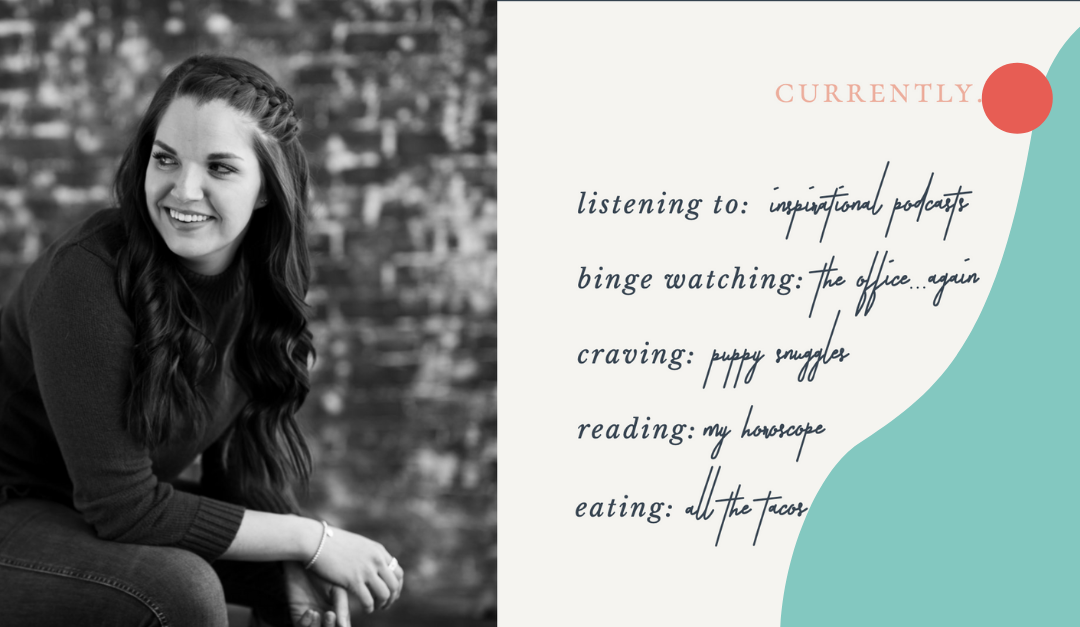
Top Freelance Communities to Join for Support
Freelancing can be a lonely venture. But it doesn’t have to be. The deeper we get into our own freelance journey, the more flourishing communities we discover that cater to every type of freelancer imaginable. We all need places to feel seen and supported, and to connect with people who just get it. Here are some of the top freelance communities out there.
We all need places to feel seen and supported.
Freelancers Union
Nothing spells solidarity like a trade union. If you’re looking for a community that is centered on advocacy and education, join Freelancers Union. They’ve been fighting for independent workers since 1995, working to give freelancers a louder voice in politics and access to many of the perks and benefits we miss out on by working for ourselves. Join their spark events, contribute to the community blog, or just sign up for free resources. You’ll get access to exclusive discounts, valuable resources, and the largest community of freelancers on earth. Bonus: It’s entirely free to join.
#FreelanceTwitter
Miss the water cooler? We’ve got the hashtag for you. Twitter is bustling with freelancers trading tips and supporting one another. Follow #FreelanceTwitter to join in the conversation and find cool freelance friends. You can also check out our list of must-follow Twitter freelancers to fill your feed with brilliance.
Peak Freelance
The Peak Freelance Slack is open to the public, but All-Access Peak Freelance members get access to pro channels, like #AMA, which features twice-a-month Ask Me Anythings with freelancers, content managers, and more. The #jobs channel gives you a live stream of the best freelance writing jobs out there, sourced by members. And #resources is the place to find handpicked tools.
Freelancing Females
The 60k-strong Freelancing Females Facebook group is a blessing for freelancers (not just self-identified women). The group was created as a place to post jobs, ask questions, and share knowledge about freelancing. It’s grown tremendously and now services as a major support system for people at all stages of their freelance journey. The Freelancing Females site also offers a job board and resources to help you along the way.
Superpath
Superpath helps content marketers all over learn and advance their careers. They offer a Slack community that brings kind, inclusive, “good vibes” energy to their members, encouraging meaningful conversations, resource-sharing, and supportive connections to help freelance content marketers thrive together.
Groove
Groove is a community of solopreneurs energizing each other to accomplish great things. You can join up to 3 other solopreneurs for a 50-min mobile focus session whenever you’d like. It’s like walking into a virtual coffee shop and everyone there is an awesome solopreneur paving their own path.
Workfrom
If you’re looking for all sorts of remote worker connections, the Workfrom Slack is the spot. This virtual coworking community hosts daily and weekly events to connect folks who work from home, from the coffee shop, or from anywhere, really. You pay once to join and gain access to a whole bunch of other great perks.
Freelance Academy
Freelance Academy offers courses, workshops, and community connections to help freelancers successfully grow their businesses. Their content is super supportive no matter where you’re at with your business. And a lot of it is free! You can also join their Freelance Growth Bite newsletter to get helpful content in your inbox.
Being Freelance
The Being Freelance Facebook group is a hot spot for freelancers all over the world. They host live streams, Q&As, and all sorts of community events for folks to connect and learn together. This group is an extension of the Being Freelance podcast and content site.
The Freelance Content Marketing Writer
The Freelance Content Marketing Writer Facebook group connects freelance writers, digital marketers, and journalists. The creator, Jennifer Goforth Gregory, shares regular tips on making it as a freelancer. And the group is focused on helping writers earn a reasonable hourly wage and rally for each other as they go.
#FreelanceChat
Another hot hashtag to follow, #FreelanceChat features a weekly Thursday forum on Twitter, where host Michelle Garrett prompts freelancers with one question to kick things off.
Indy Hall
The Indy Hall online community is an incredible spot for freelancers to connect all over the world and jumpstart their freelance careers together. With daily micro-challenges, weekly members-only events, and a bustling Discord channel, they’ve helped thousands of freelancers stay connected and happy as they navigate their independent journeys.
Female Freelance Writers
If you’re looking for a supportive international community of writers, Female Freelance Writers is the jam. This Facebook group has over 9,000 members worldwide, and their mission is to offer compassionate support to women who write, sharing resources and promote each other’s work.
#WOMENXWORK
Looking for a weekly place to connect with other freelancing women and chat about your day-to-day? #WOMENXWORK starts the conversation every Wednesday evening on Twitter. Tune in for weekly questions that prompt deep-dives into freelance lifestyle, business management, and more.
Being Freelance
Being Freelance began as a freelance-focussed podcast until it transformed into a community full of courses and other resources for those kicking off their freelance journeys. The Being Freelance community has a home in Circle, where members are able to connect with one another on the platform to ask questions, celebrate wins, and more.
Fresh Starts Registry
Fresh Starts Registry is your one-stop shop for beginning again. They offer monthly office hours, workshops on important topics, many great perks, and more. You can even sign up for their Fresh Business Network to get access to their public-facing directory to sell your freelance services. Did we mention they even have home office bundles?
Pollen
Pollen is a professional development membership to help independent consultants build successful businesses through educational sprints, access to experts in residence, a vetted community, and a toolkit of practical resources. Join Pollen today to learn the strategies and tactics that will take your consulting business to the next level.
Remember: You don’t have to go it alone. You may be a solopreneur, but your social life as a freelancer can be full of connection and collaboration. One of the coolest parts of running your business is the opportunity to build relationships with other people who are also charting their own paths. You get to opt into the communities that resonate, cultivating spaces that make your freelance journey a whole lot more fun. Get out there!





Recent Comments